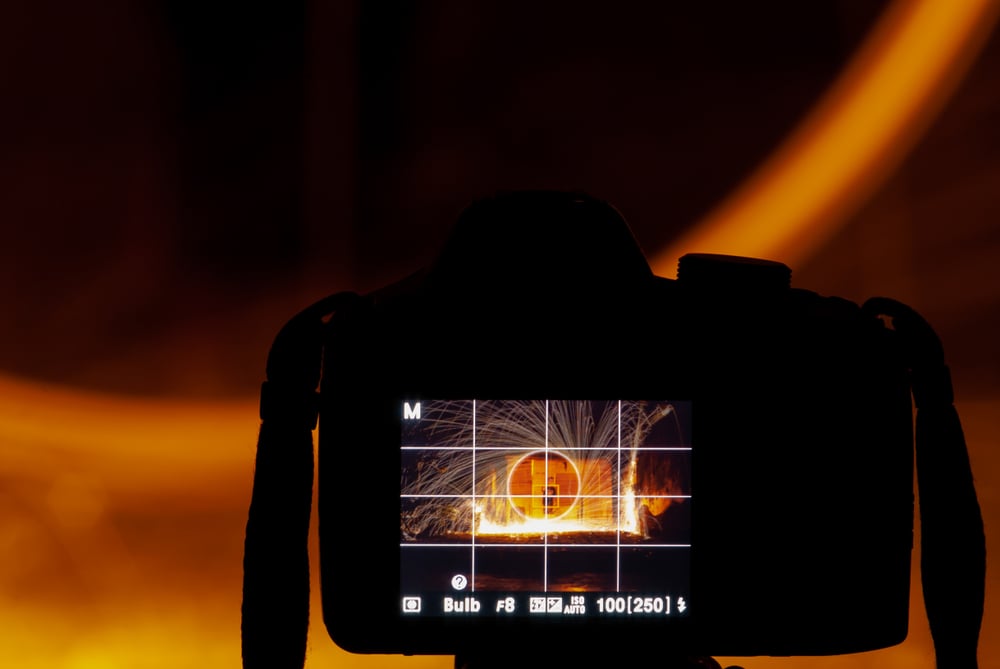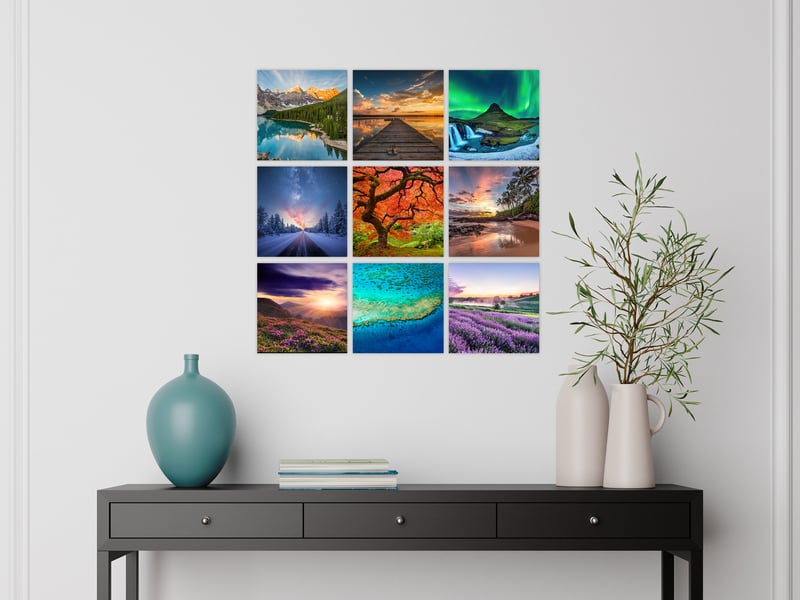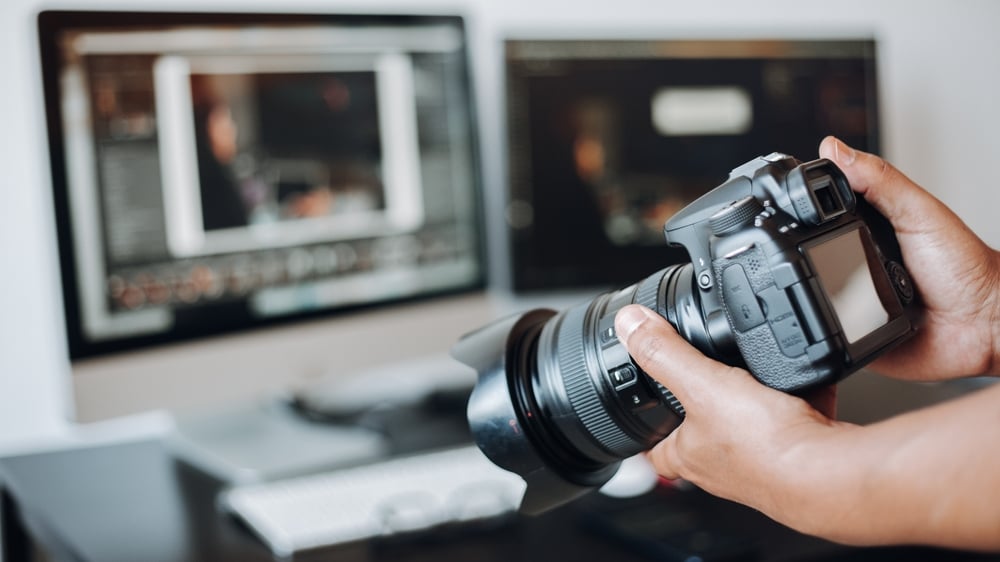Photo by Red Fox Studio via Shutterstock
Scrolling through Instagram and other social media platforms makes it easy to see other people’s photos and envy them. However, what if we told you, with a few simple tweaks, your feed could be the one your friends and family are blown away by? That’s right, and in this article, we’ll explain how!
Below, we’ll discuss four simple beginner photography tips that will instantly improve the quality of your photos. We’ll explore the basic rules of photography and when to break them, different photography styles, flash photography, the benefits of printing your photos, and more!
Now, without further ado, it’s time to learn the four simple photography tips that will help you achieve better results overnight. Let’s get to it!
Check out the video above by Pat Kay to discover twenty more essential photography tips for beginners.
Table of Contents
- Beginner Photography Tips: Stop Using Your Camera’s Flash
- Break the Beginner Photography Rules
- Try Different Types of Photography
- Beginner Photography Tips: Print Your Work!
- More Beginner Photography Tips
Beginner Photography Tips: Stop Using Your Camera’s Flash

Photo by Koldunov via Shutterstock
When shooting at night and in other low-light situations (sunrise, sunset, indoors, etc.), most beginner photographers immediately want to use their camera’s flash. We are here to tell you—don’t do it!
Built-in flashes are notoriously difficult to use, and, more often than not, you won’t be happy with the results. Why? There are many reasons, but the most common issues are washed-out colors, harsh shadows and contrast, unwanted noise, and horrible “red eye” effects.
So, what are your alternatives? The best way to eliminate the need to use your flash is to use natural light whenever possible. This means prioritizing taking photos during the day and outdoors compared to at night and indoors. Reflectors, screens, and ND filters are useful photography gear for working in natural light.
Another technique is to shoot long-exposure photography. By slowing down your shutter speed, more light will reach your camera’s sensor, leading to brighter images. One important thing to note is that you need a tripod to capture long exposures. If you don’t use a tripod, your images will be blurry and out of focus.
Lastly, if you are dead set on using artificial light, you must invest in a good external flash or a portable lighting kit. External flashes can be used on or off-camera, while lights are ideal for creating moods and atmospheres.
Break the Beginner Photography Rules

Photo by Dolan Mbengi via Shutterstock
Most of the time, beginners should follow photography’s basic rules and guiding principles. That said, don’t be afraid to occasionally experiment and break those rules! Ditching the rules from time to time is a great way to indulge your inner creativity and play around with more unique shots. The more you do this, the quicker you discover what does and doesn’t work for you.
If you can only focus on one rule, it should be the rule of thirds. Simply put, the rule of thirds states that if you divide your image into nine equal quadrants, the most important elements should fall at the intersecting points of the quadrant lines. Learn everything about it, and practice it diligently until you master it. Once you’ve done that, you can start to ignore it and see how the results differ. Two types of photography where disregarding the rule of thirds can lead to stunning results are macro and portrait photography.
Try Different Types of Photography

Photo by 22Images Studio via Shutterstock
Another beginner photography tip is to shoot all different types of photography when you are getting started. New photographers tend to have one specific genre of photography in mind when they first pick up a camera and will only shoot images related to that topic.
For example, landscape photographers may only bring their cameras with them when they go hiking or travel photographers only when they go on vacation. This limits their potential as photographers and slows their growth.
Instead, you should bring your camera with you everywhere! Even if you have a favorite type of photography, trying different ones teaches you what to look for in a scene, expands your creative eye, and enhances your visual storytelling skills. Here are a few of the most popular types of photography worldwide.
- Landscape photography
- Portrait photography
- Urban photography (street, architecture, cityscapes, etc.)
- Travel photography
- Wildlife photography
Beginner Photography Tips: Print Your Work!

Our last key beginner photography tip is to print your photos. You don’t have to print all of them, but after every photo shoot, event, or vacation, we suggest picking one or two of your favorites and printing physical copies.
An innovative new type of photography print perfect for beginners is EZ-Stick Metal Prints from Artbeat Studios. They share the same excellent quality and durability as traditional metal prints but with a twist—double-side, re-adherable adhesive. This means it’s quick to install them, you can easily move them around, and they won’t damage your walls.
We recommend Artbeat Studios because of their dedication to quality and friendly staff. We have ordered many prints from them over the years and have never been disappointed with their work. In addition to EZ-Stick Metal Prints, their product catalog includes metal prints, acrylic prints, canvas prints, and paper prints.
Check out the video above by Artbeat Studios to see how beautiful and convenient EZ-Stick Metal Prints are.
More Beginner Photography Tips

Photo by romain-jorge via Shutterstock
Finally, here are some bonus simple beginner photography tips to help you level up your photography skills.
- Invest in the right beginner photography equipment (camera, lenses, tripod, etc.).
- Understand important camera settings (shutter speed, aperture, ISO, focus, etc.).
- Shoot during the right times of day (golden hour & blue hour).
- Don’t underestimate the importance of photography planning.
- Learn the basics of photo editing (but don’t overdo it).
Just so you know, some of the cool stuff we mention comes with affiliate links, meaning we earn a commission if you buy (no extra charge to you!). Plus, we occasionally feature sponsored content, but rest assured, we only shout out products we genuinely stand behind.

